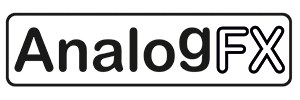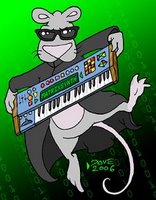Wednesday, May 14, 2014
AfterTheBlueHour
Published on May 14, 2014 Ra Pha·8 videos
"relaxtes frühmorg. & sonnigen Tag erwartendes lockeres dudeln --- Wie immer: No DAW---No final mastering / editing---liverecording---Computer used only 4 recording thats it"
Vintage 70s Rare Farfisa Syntorchestra Mono / Poly Analog Synthesizer
Note: Auction links are affiliate links for which the site may be compensated.
via this auction
"The sound is nlike any synth I've played, the best I could describe it is nostalgic, haunted and alien...
 There are two independent layers, Mono & Poli, both of which span the entire keyboard
There are two independent layers, Mono & Poli, both of which span the entire keyboard
Poli Section:
The Poli section is pretty straightforward fully polyphonic synth with 4 different sounds, trombone, trumpet, piano, and viola. Vibrato or Delayed Vibrato can be added to them, and there is a simple volume and brightness control. Only one sound can be selected at a time (the furthest right switch that is depressed).
 Mono Section:
Mono Section:
The Mono section has several different instrument presets, from 32' to 4' voices. The Mono section is high note priority, and portamento can be added continuously or momentarily via the large switch under the keyboard. Portamento time is controlled by a slider on top.
The tuning can also be adjusted, with a fine tune slider and an interval switch that can push the mono section down a 3rd, 5th, or 6th. I have calibrated this syntorchestra so that the fine tune can be used as a pitch bender to push the pitch up 2 half-steps. (but not down)
A "Wah-Wah" Effect (filter sweep) can be added to the mono section, and you can choose between soffiato mode (which is just a slider controlling the attack time) or decay mode, with a slider controlling the decay time.
Vibrato or Delayed Vibrato can also be added to the Mono section, with a slider that controls the vibrato rate."
via this auction
"The sound is nlike any synth I've played, the best I could describe it is nostalgic, haunted and alien...
 There are two independent layers, Mono & Poli, both of which span the entire keyboard
There are two independent layers, Mono & Poli, both of which span the entire keyboardPoli Section:
The Poli section is pretty straightforward fully polyphonic synth with 4 different sounds, trombone, trumpet, piano, and viola. Vibrato or Delayed Vibrato can be added to them, and there is a simple volume and brightness control. Only one sound can be selected at a time (the furthest right switch that is depressed).
 Mono Section:
Mono Section: The Mono section has several different instrument presets, from 32' to 4' voices. The Mono section is high note priority, and portamento can be added continuously or momentarily via the large switch under the keyboard. Portamento time is controlled by a slider on top.
The tuning can also be adjusted, with a fine tune slider and an interval switch that can push the mono section down a 3rd, 5th, or 6th. I have calibrated this syntorchestra so that the fine tune can be used as a pitch bender to push the pitch up 2 half-steps. (but not down)
A "Wah-Wah" Effect (filter sweep) can be added to the mono section, and you can choose between soffiato mode (which is just a slider controlling the attack time) or decay mode, with a slider controlling the decay time.
Vibrato or Delayed Vibrato can also be added to the Mono section, with a slider that controls the vibrato rate."
Monorocket Eurorack Synthesizer Case
Note: Auction links are affiliate links for which the site may be compensated.
via this auction
"Monorocket Eurorack Synthesizer Case, 6U. This version of the Mission is no longer available, and is one of the Mission Cases before they changed to a switching power supply. It has a high quality, low noise 110-120 volt linear power supply inside."
via this auction
"Monorocket Eurorack Synthesizer Case, 6U. This version of the Mission is no longer available, and is one of the Mission Cases before they changed to a switching power supply. It has a high quality, low noise 110-120 volt linear power supply inside."
Roland Juno-106 Vintage Analog Polyphonic Synth
Roland SBX-80 MIDI Machine Sync Box SN Z952810
Traveling with Lunchbox
Published on May 14, 2014 erthenvar·11 videos
"Out and about with a PulpLogic Lunchbox Traveler. The entire rig is battery powered!"
Sequential Circuits Pro One SN 2722 J-Wire with TurboCPU MIDI & CV
Note: Auction links are affiliate links for which the site may be compensated.
via MATRIXSYNTH CLASSIFIEDS
via the seller: "This synth was recently serviced extensively. The J-Wire keyboard was completely dismantled and cleaned and fitted with new contacts. All electrolytic capacitors have been replaced. It was thoroughly cleaned inside and out.
Since I received it I upgraded to the TuroCPU with MIDI IN/OUT/THRU board. I also added the DAC and wired up the CV control. I will also supply the original CPU.
There are signs of normal wear and tear as you can see in the photo's. The wood ends could use a little love and there looks like a corner broke at one time and was reglued (see photos).
Price does not include shipping. Contact me for a quote."
via MATRIXSYNTH CLASSIFIEDS
via the seller: "This synth was recently serviced extensively. The J-Wire keyboard was completely dismantled and cleaned and fitted with new contacts. All electrolytic capacitors have been replaced. It was thoroughly cleaned inside and out.
Since I received it I upgraded to the TuroCPU with MIDI IN/OUT/THRU board. I also added the DAC and wired up the CV control. I will also supply the original CPU.
There are signs of normal wear and tear as you can see in the photo's. The wood ends could use a little love and there looks like a corner broke at one time and was reglued (see photos).
Price does not include shipping. Contact me for a quote."
Erik Norlander and Galactic Collective Help Celebrate Bob Moog's Birthday
You saw the videos posted here and here, as well as the announcement here and the rare Moog Apollo prototype & modular system. The following are some official pics of the event and the press release from The Bob Moog Foundation.
"Asheville, NC - May 2014... Synthesizer pioneer Bob Moog's upcoming 80th birthday was commemorated in grand fashion on May 8th with a "Tribute to Dr. Bob" concert by virtuoso synthesist Erik Norlander and his band The Galactic Collective to benefit the Bob Moog Foundation.
The concert, held at Asheville's Isis Music Hall, featured Norlander, accompanied by bandmates Jeff Kollman on guitar, Mark Matthews on bass, and Nick Le Par on drums. Norlander's onstage rig included three very special, fully restored vintage synthesizers from the Bob Moog Foundation Archives, including a 1967 Moog modular, an early Minimoog Model D, and an extremely rare Moog Apollo.
"The convergence of the Moog modular, the Minimoog, and the Moog Apollo in one performance is nearly unprecedented," notes Michelle Moog-Koussa, executive director of the Bob Moog Foundation. "Not since Keith Emerson toured with a prototype Apollo in the early '70s have they been heard together in live performance, making this "Tribute to Dr. Bob" concert a truly historic occasion."
The 1967 R. A. Moog Co. modular is an iconic synthesizer on permanent loan from the University of North Carolina at Greensboro. It was built for the first electronic music studio in the state, and hand delivered by Bob Moog.
The 1973 Minimoog was donated to the Foundation by Asheville composer and arranger Tom Coppola, who used it to record the signature three-note "Duracell sound", among many other commercial and musical applications. The Minimoog was the first mass-produced commercially available synthesizer that the working musician could afford. It is considered by many to be the most iconic synthesizer of all times.
Norlander used the Foundation's Minimoog and modular for giant bass sweeps and drones, adding weight and atmosphere to his tracks, "Arrival," "Sky Full of Stars" and "The Dark Water."
The priceless Moog Apollo is one of the few of its kind in the world. This 1973 instrument, newly and fully restored by the Bob Moog Foundation, served as a prototype for the production model Polymoog. The Apollo is one of the earliest polyphonic synths, synthesizers that could play more than one note at a time.
Norlander brought the Apollo alive in a stunning solo during his signature piece, "Dreamcurrents," using the harpsichord program to conjure the early days of polysynth performance art with classic, vintage tones. He reprised the harpsichord again in the waltz section of "After the Revolution," normally played on acoustic piano. Norlander later employed famous "Vox Humana" program in his bombastic choral opening of "Neurosaur" and used the Apollo soft analog brass sound for his gentler introductory theme on "Fanfare for Absent Friends."
"Bob Moog brought a new voice to the musical landscape, and our musical vernacular would be very different without his enduring contribution," Norlander remarked. "The name 'Moog' is synonymous with art, science and innovation, and as a keyboardist and synthesist, I can think of no greater tribute than using Bob's timeless inventions as the core instruments in my own craft."
Drew Heller, guitarist for the African fusion band Toubab Krewe, opened the show for the Galactic Collective, joined by his father, Grammy award winning producer/composer Steven Heller. Bob Moog had a close musical relationship with Toubab Krewe; Steven Heller was long-time friend and musical collaborator. Their acoustic set was marked by stories about Moog's generosity, fearless pursuit of the unknown, and his sense of humor."
"Asheville, NC - May 2014... Synthesizer pioneer Bob Moog's upcoming 80th birthday was commemorated in grand fashion on May 8th with a "Tribute to Dr. Bob" concert by virtuoso synthesist Erik Norlander and his band The Galactic Collective to benefit the Bob Moog Foundation.
The concert, held at Asheville's Isis Music Hall, featured Norlander, accompanied by bandmates Jeff Kollman on guitar, Mark Matthews on bass, and Nick Le Par on drums. Norlander's onstage rig included three very special, fully restored vintage synthesizers from the Bob Moog Foundation Archives, including a 1967 Moog modular, an early Minimoog Model D, and an extremely rare Moog Apollo.
"The convergence of the Moog modular, the Minimoog, and the Moog Apollo in one performance is nearly unprecedented," notes Michelle Moog-Koussa, executive director of the Bob Moog Foundation. "Not since Keith Emerson toured with a prototype Apollo in the early '70s have they been heard together in live performance, making this "Tribute to Dr. Bob" concert a truly historic occasion."
The 1967 R. A. Moog Co. modular is an iconic synthesizer on permanent loan from the University of North Carolina at Greensboro. It was built for the first electronic music studio in the state, and hand delivered by Bob Moog.
The 1973 Minimoog was donated to the Foundation by Asheville composer and arranger Tom Coppola, who used it to record the signature three-note "Duracell sound", among many other commercial and musical applications. The Minimoog was the first mass-produced commercially available synthesizer that the working musician could afford. It is considered by many to be the most iconic synthesizer of all times.
Norlander used the Foundation's Minimoog and modular for giant bass sweeps and drones, adding weight and atmosphere to his tracks, "Arrival," "Sky Full of Stars" and "The Dark Water."
The priceless Moog Apollo is one of the few of its kind in the world. This 1973 instrument, newly and fully restored by the Bob Moog Foundation, served as a prototype for the production model Polymoog. The Apollo is one of the earliest polyphonic synths, synthesizers that could play more than one note at a time.
Norlander brought the Apollo alive in a stunning solo during his signature piece, "Dreamcurrents," using the harpsichord program to conjure the early days of polysynth performance art with classic, vintage tones. He reprised the harpsichord again in the waltz section of "After the Revolution," normally played on acoustic piano. Norlander later employed famous "Vox Humana" program in his bombastic choral opening of "Neurosaur" and used the Apollo soft analog brass sound for his gentler introductory theme on "Fanfare for Absent Friends."
"Bob Moog brought a new voice to the musical landscape, and our musical vernacular would be very different without his enduring contribution," Norlander remarked. "The name 'Moog' is synonymous with art, science and innovation, and as a keyboardist and synthesist, I can think of no greater tribute than using Bob's timeless inventions as the core instruments in my own craft."
Drew Heller, guitarist for the African fusion band Toubab Krewe, opened the show for the Galactic Collective, joined by his father, Grammy award winning producer/composer Steven Heller. Bob Moog had a close musical relationship with Toubab Krewe; Steven Heller was long-time friend and musical collaborator. Their acoustic set was marked by stories about Moog's generosity, fearless pursuit of the unknown, and his sense of humor."
Drive Soundbank for Waldorf Largo
Published on May 14, 2014 AiynZahevSounds·28 videos
"Available on http://www.aiynzahev-sounds.com
Follow on facebook: http://facebook.com/Aiynzahev
This is one of my earlier banks, so not as good of a demo, but the patches are still great, and one of the few trance banks for this amazing synth.
Waldorf have a long history of making incredible hardware synths. Bringing with them years of experience they created Largo, one of the best sound sounding software synths ever. This bank takes those incredible filters, punchy envelopes, crystal clear wavetables, huge polyphonic unison and gorgeous effects and delivers a high quality and inspiring Aiyn Zahev soundbank. There are also some pretty cool glitchy pads in this one.
Suitable for trance, ambient and all manner of dance music Drive for largo features 100 finely tuned presets all with Modwheel assignments."
Mark Barrott 'Formentera Headspace Blues' (Sketches from an Island)
Published on May 14, 2014 Internationalfeel1·6 videos
"Track from the Sketches from an Island album, released on International Feel on 2nd June. http://sketchesfromanisland.com
https://itunes.apple.com/gb/album/ske...
Ibiza 1965 8m footage filmed by Ornulf Tonsberg"
Starts with only the Yamaha CS80 followed by:
"the 'leadline' that follows at 0.38 ish is a CS80 again with a JX3P underneath
the 16th Seq that comes in and out is an Arturia Microbrute
Drum Machine is an Oberheim DMX
all the pads / arp / strings from 7.50 to the end is JX8P and JX3P"
PREVIOUS PAGE
NEXT PAGE
HOME
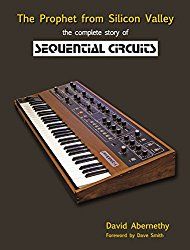
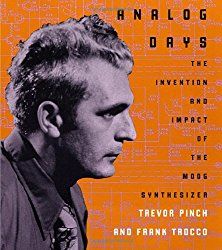
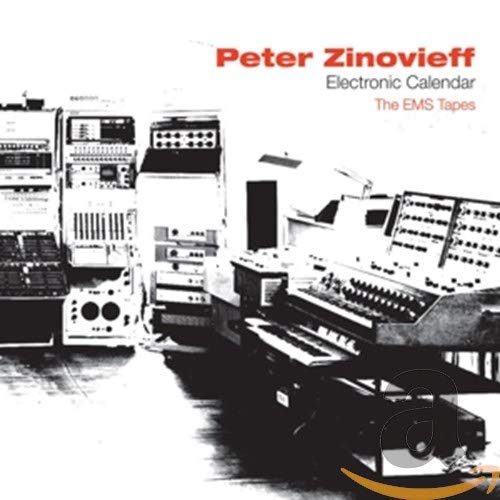
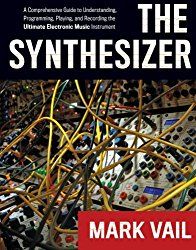
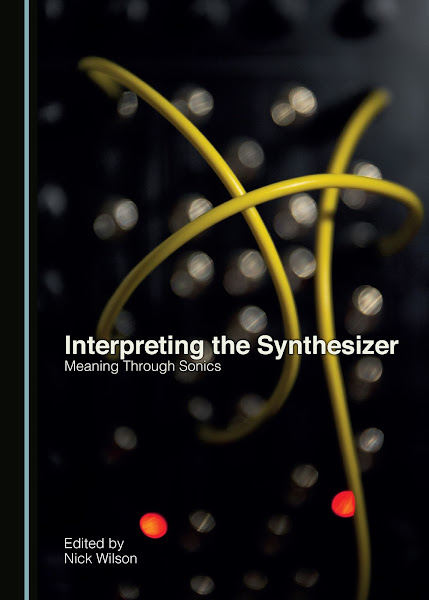
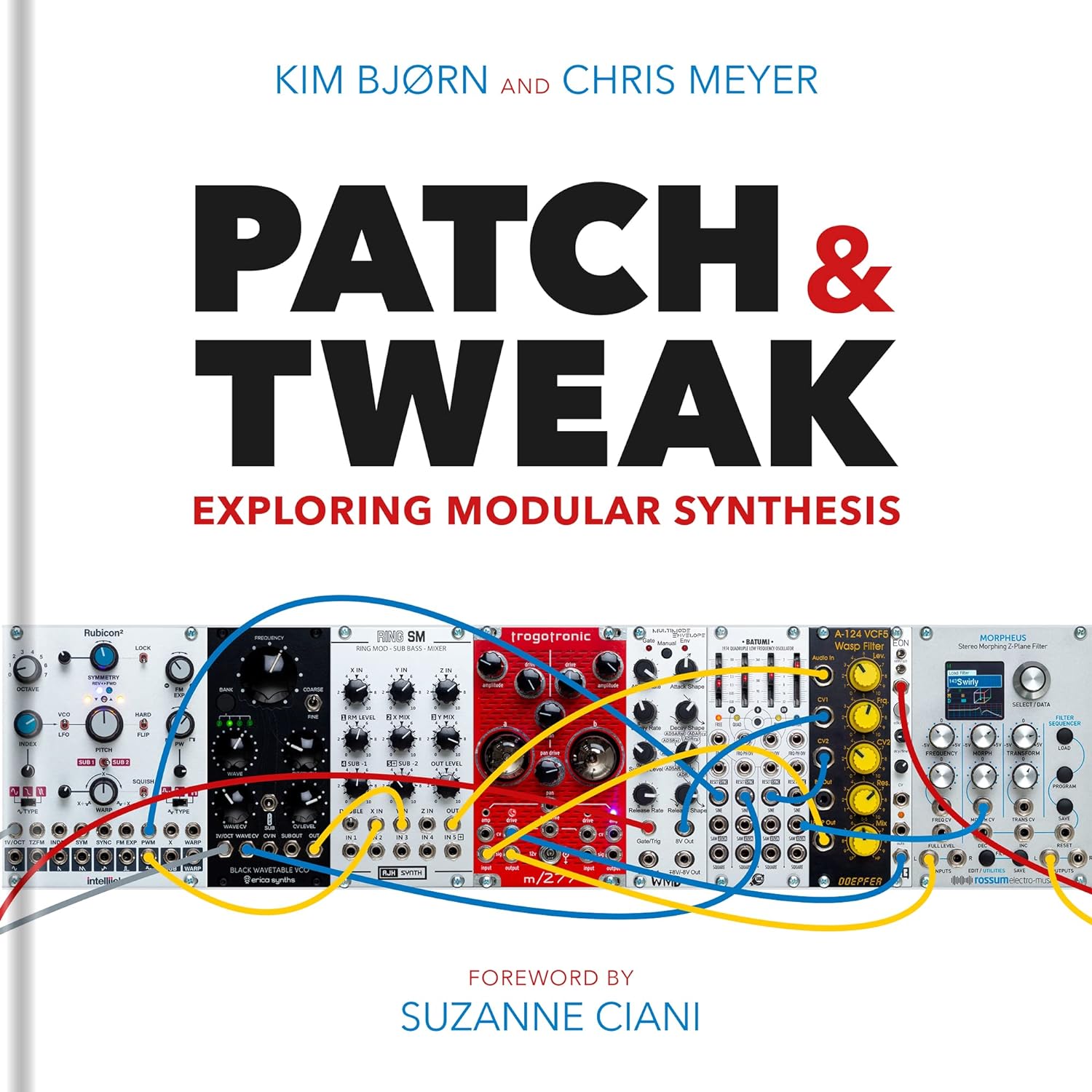

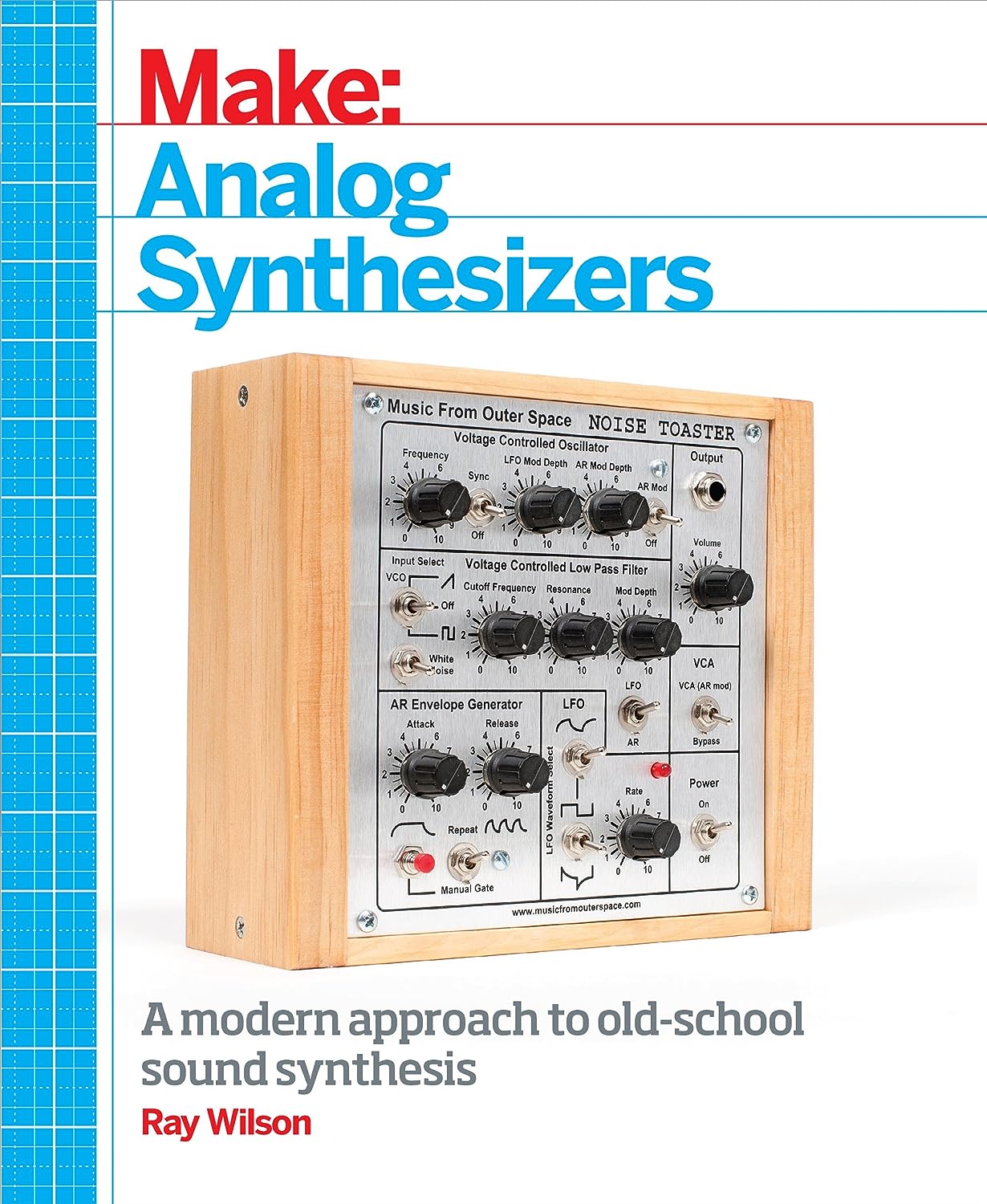
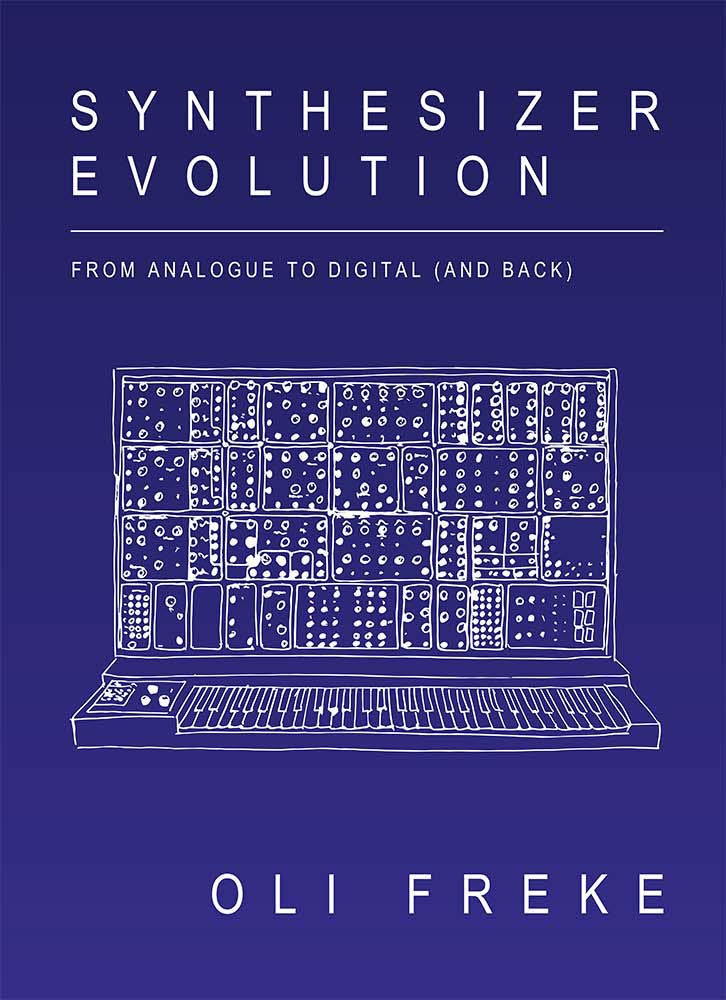
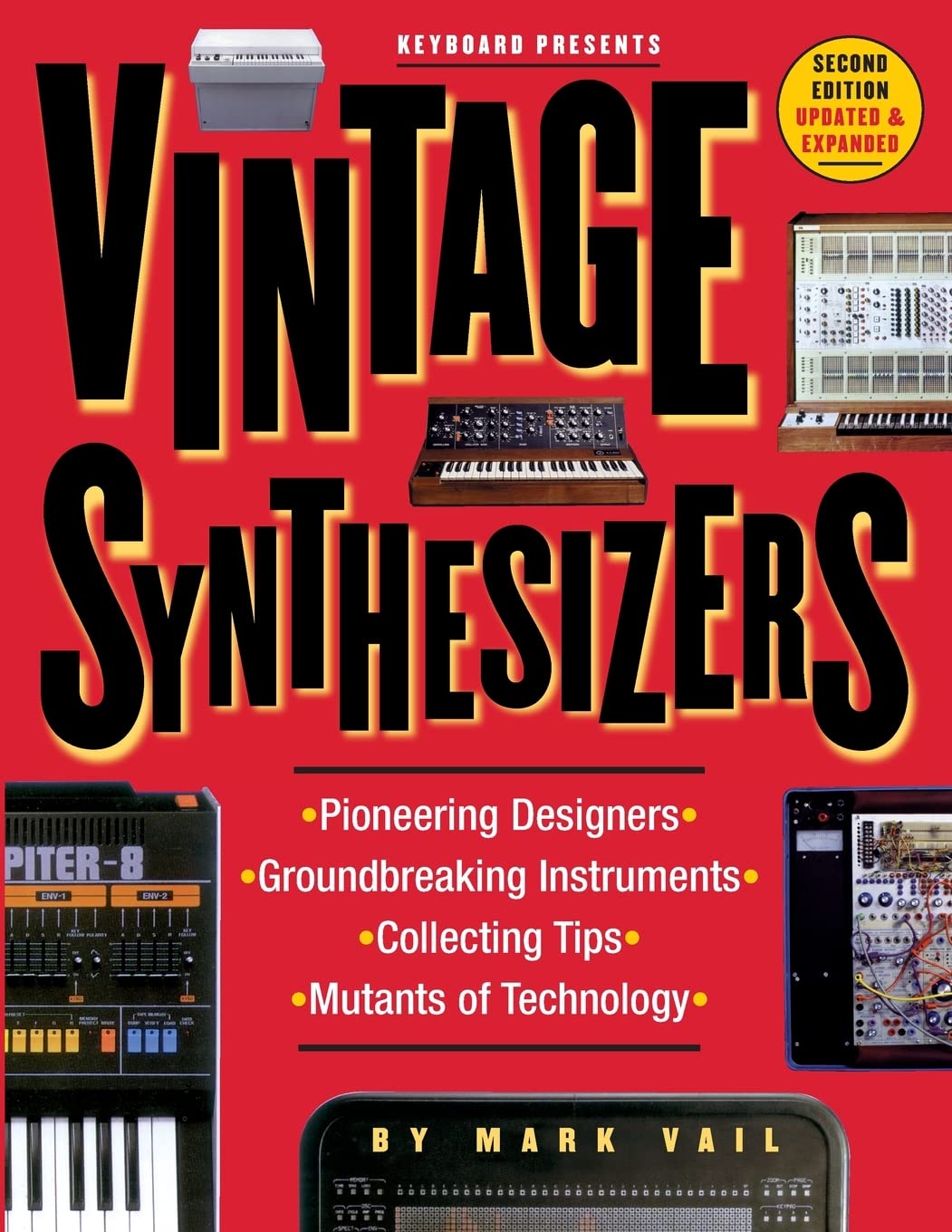
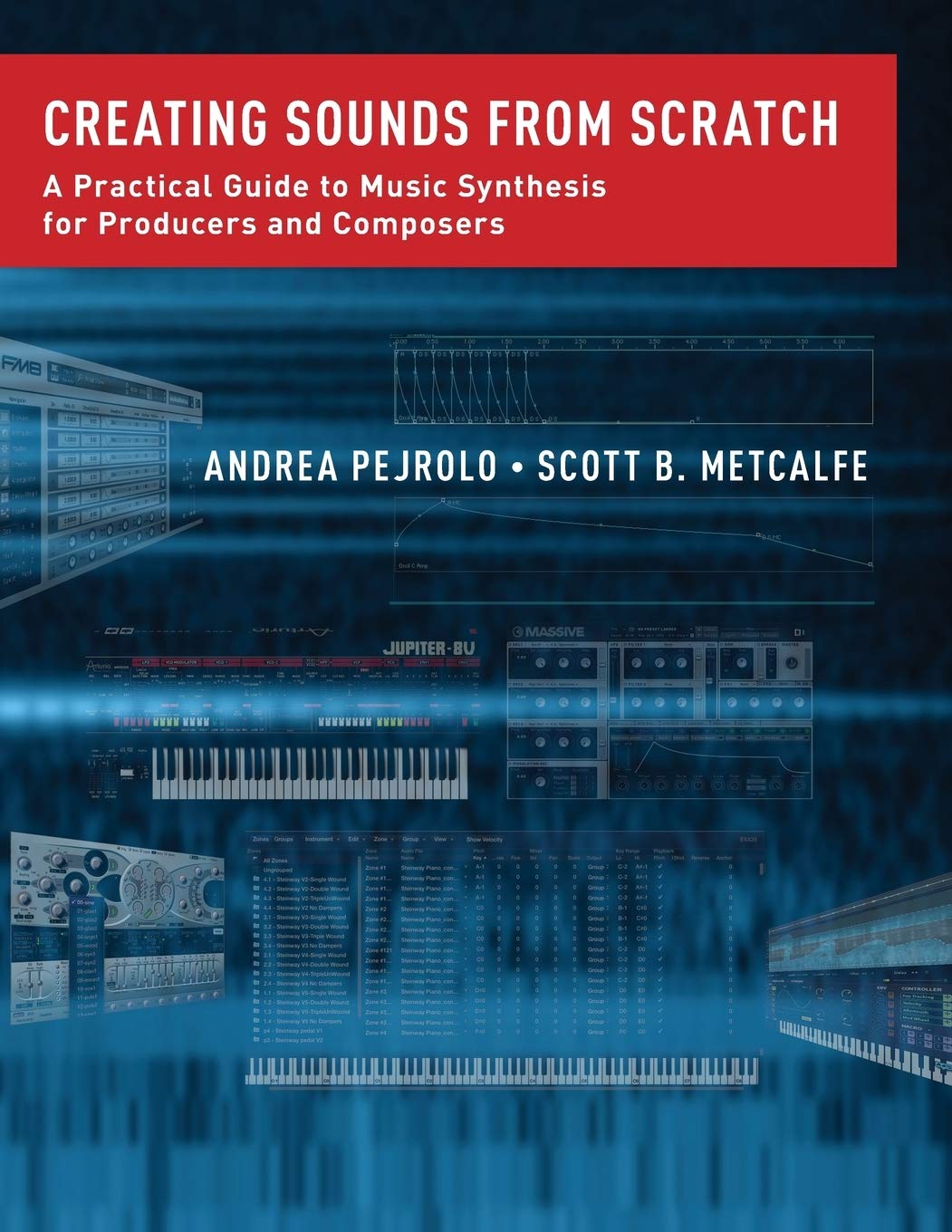
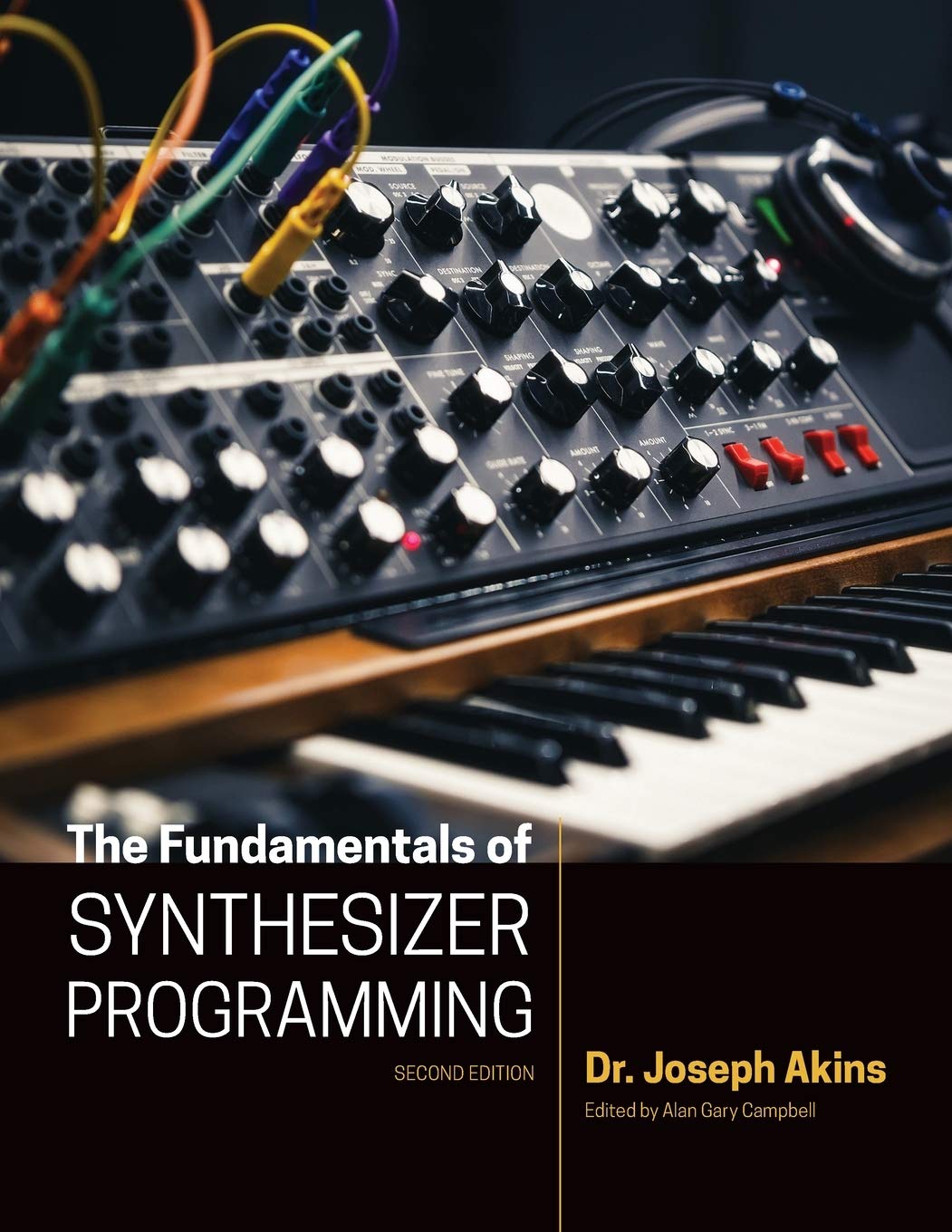

© Matrixsynth - All posts are presented here for informative, historical and educative purposes as applicable within fair use.
MATRIXSYNTH is supported by affiliate links that use cookies to track clickthroughs and sales. See the privacy policy for details.
MATRIXSYNTH - EVERYTHING SYNTH













© Matrixsynth - All posts are presented here for informative, historical and educative purposes as applicable within fair use.
MATRIXSYNTH is supported by affiliate links that use cookies to track clickthroughs and sales. See the privacy policy for details.
MATRIXSYNTH - EVERYTHING SYNTH


























